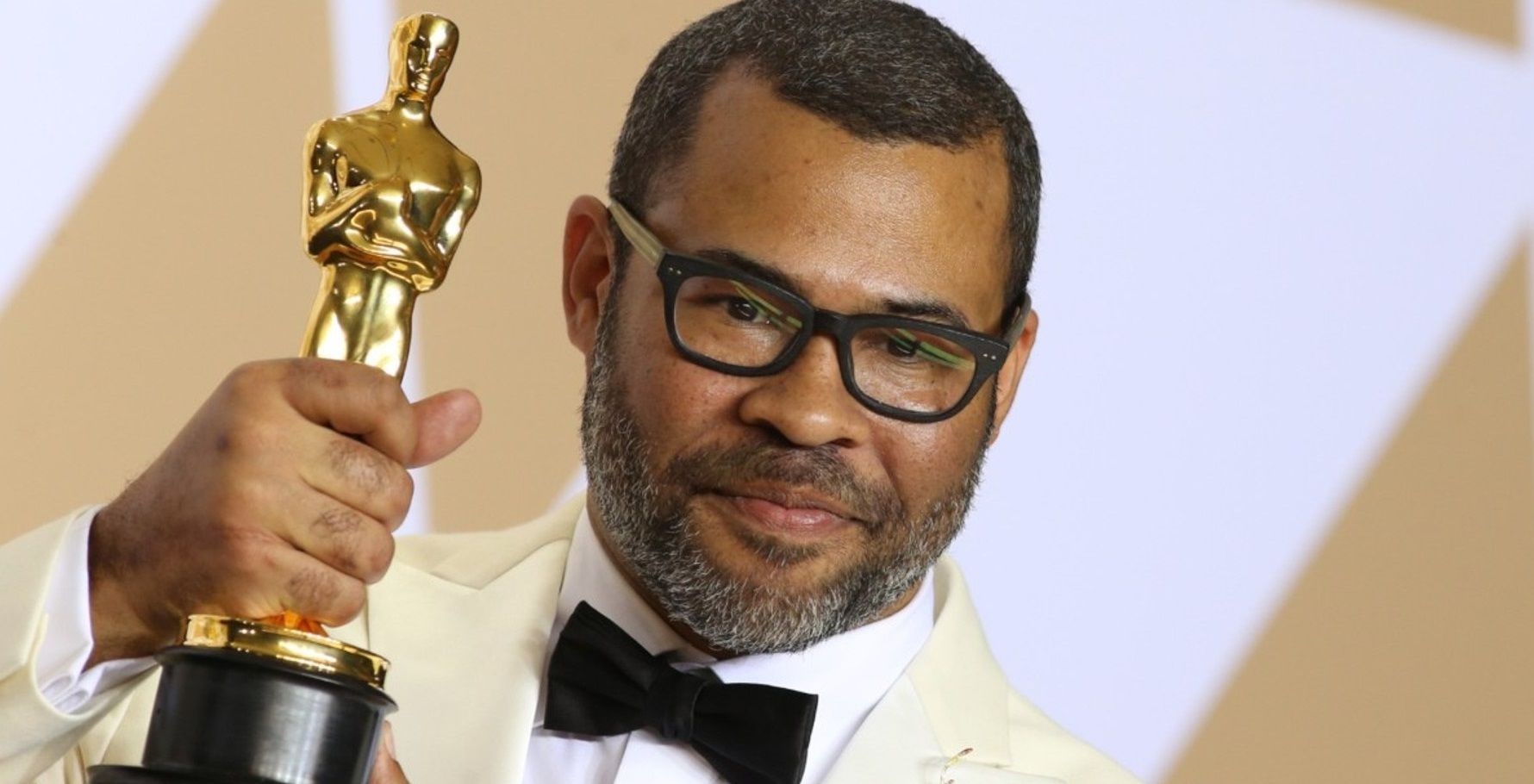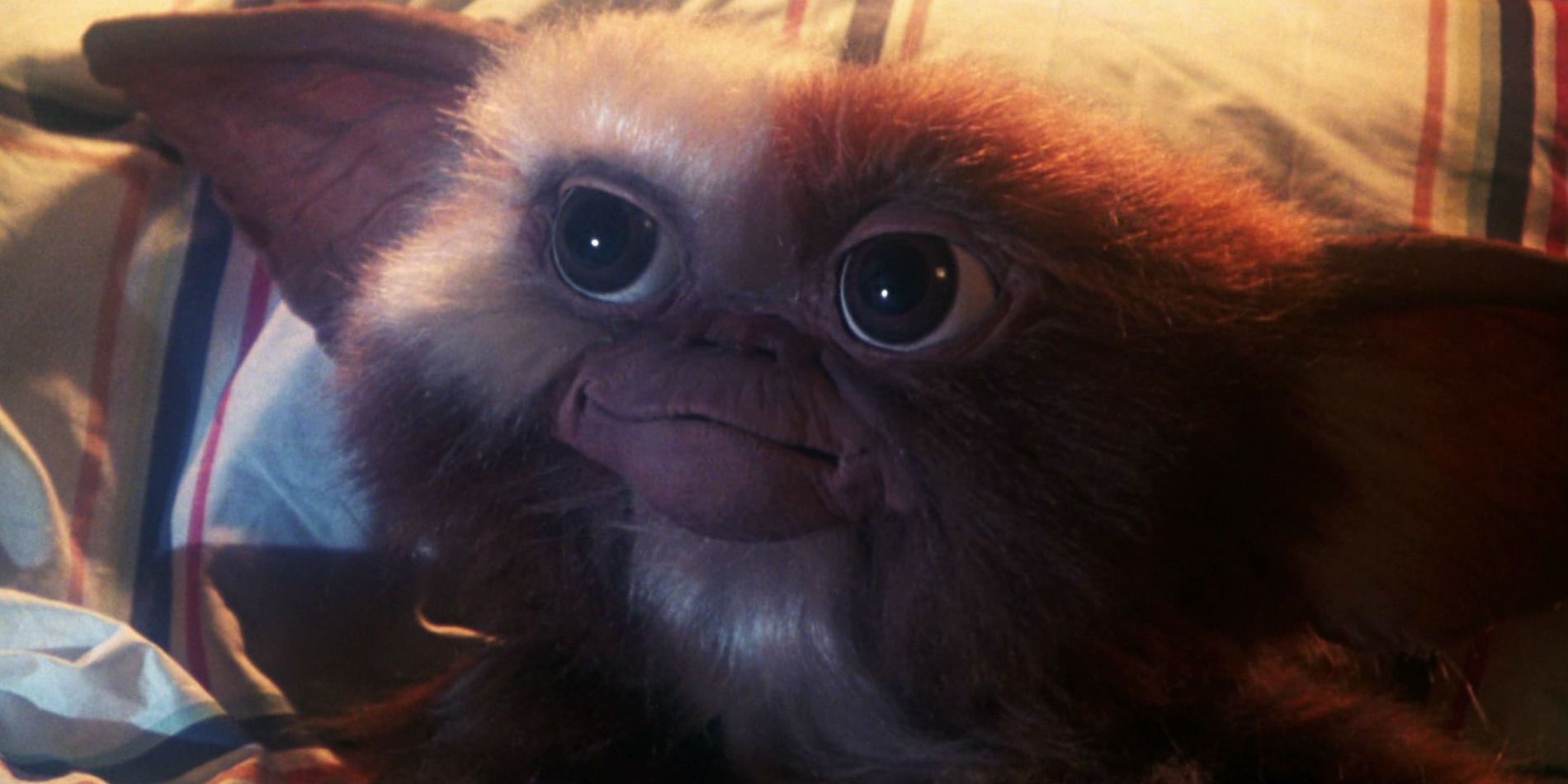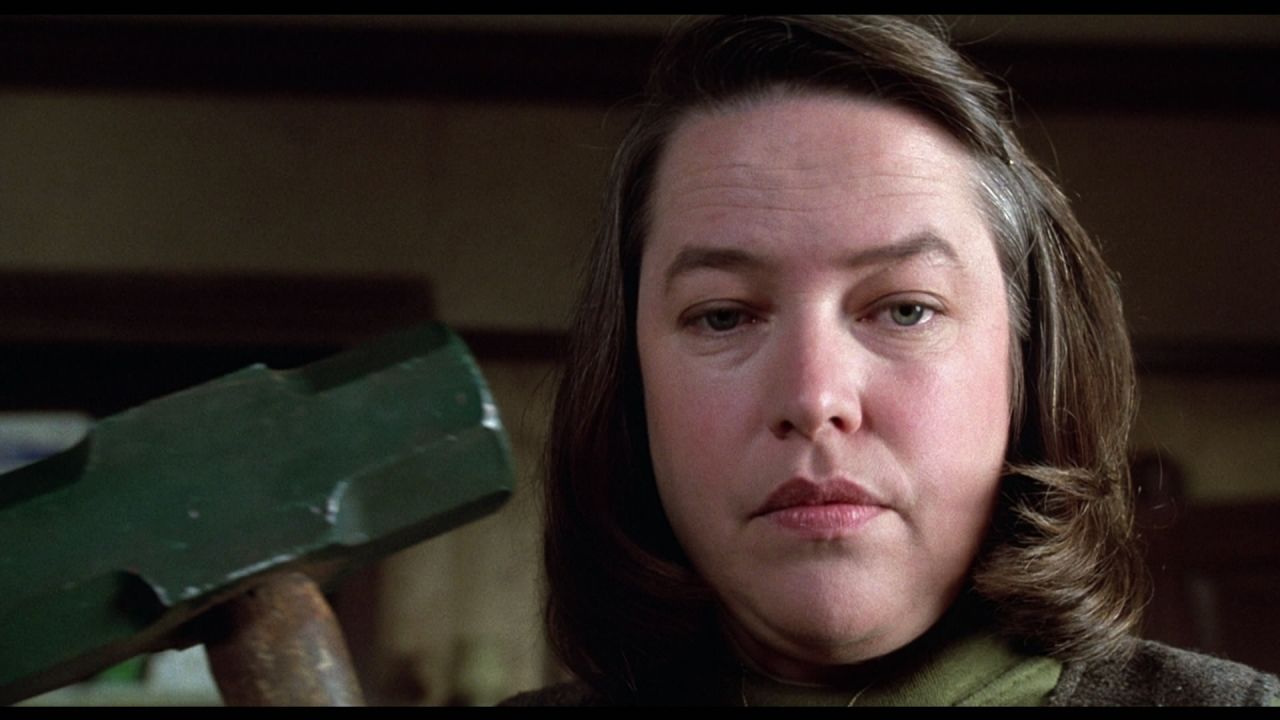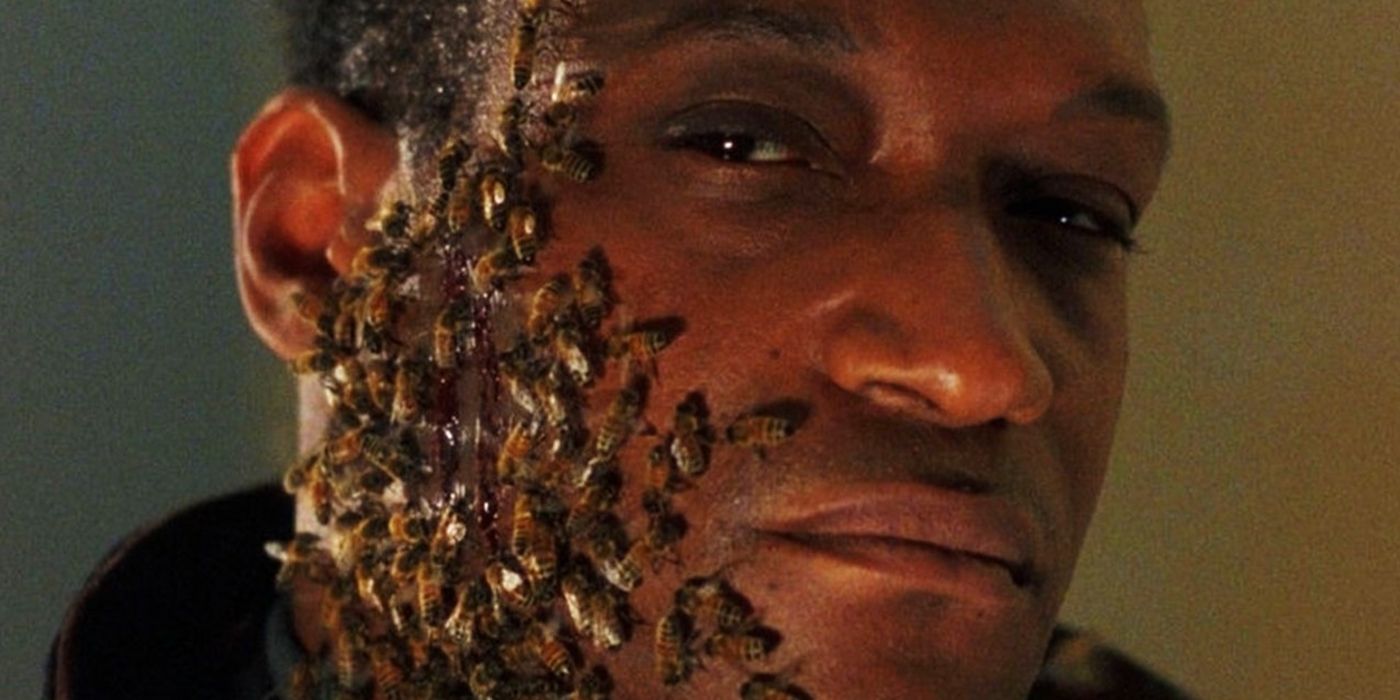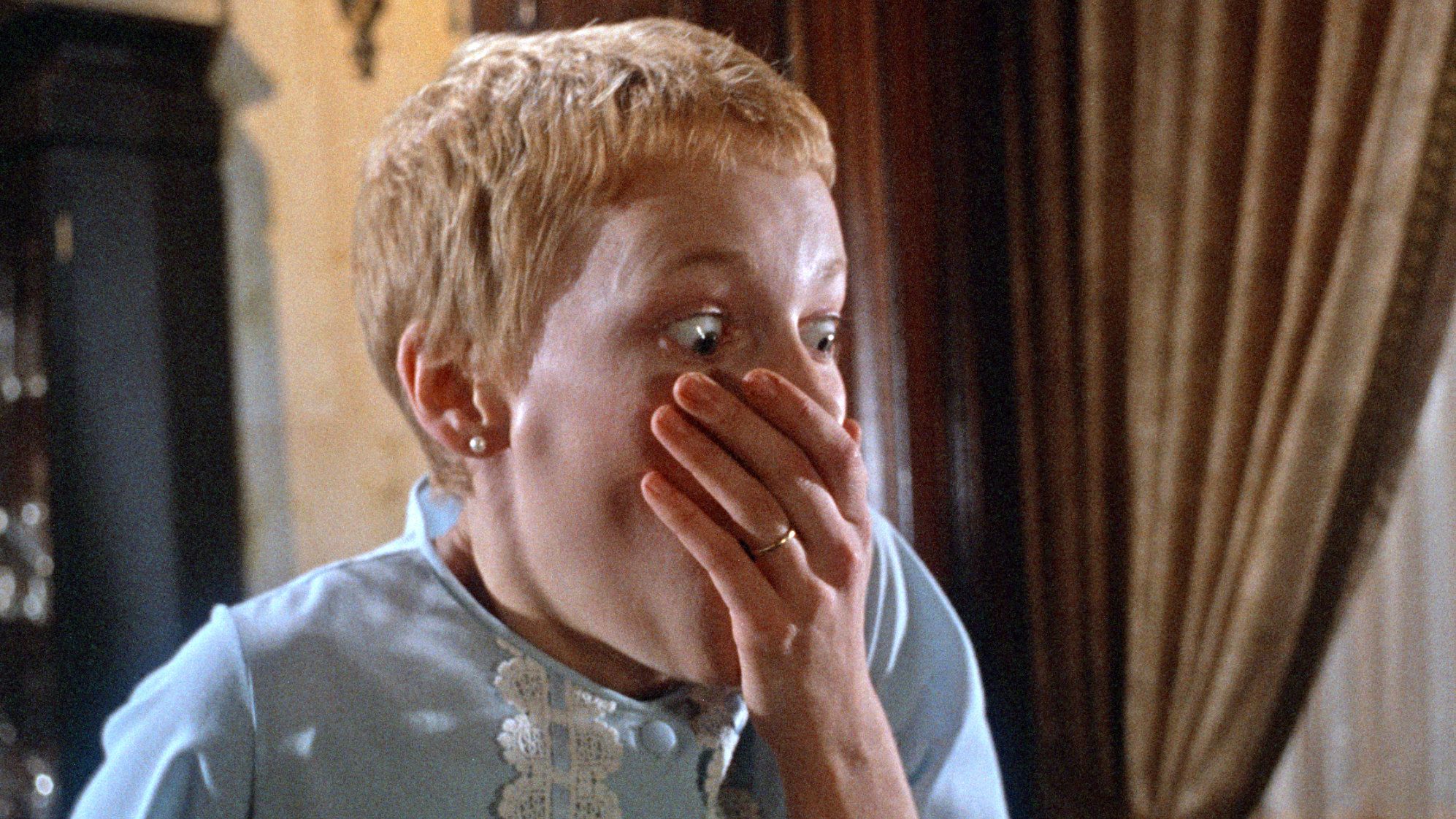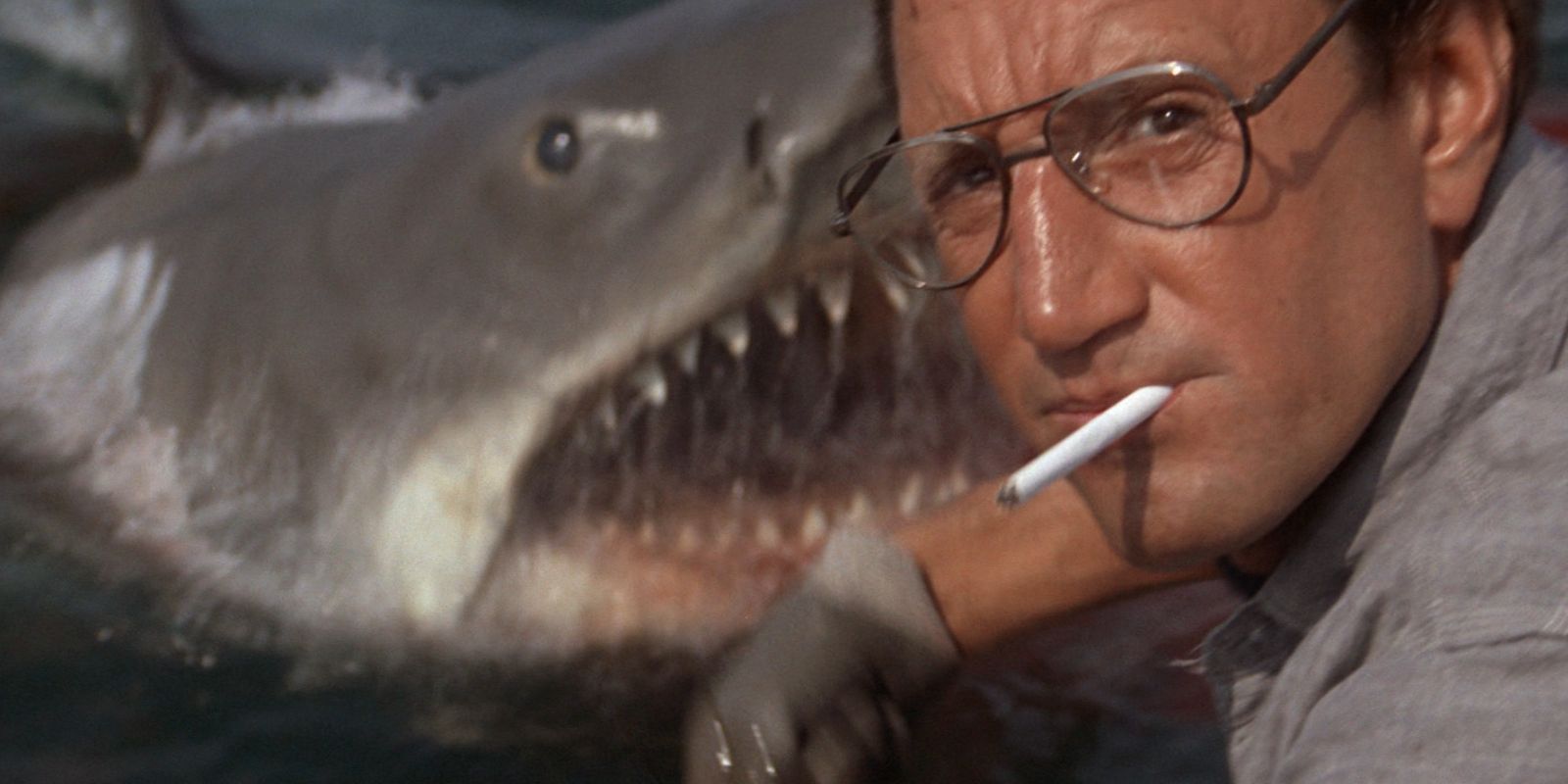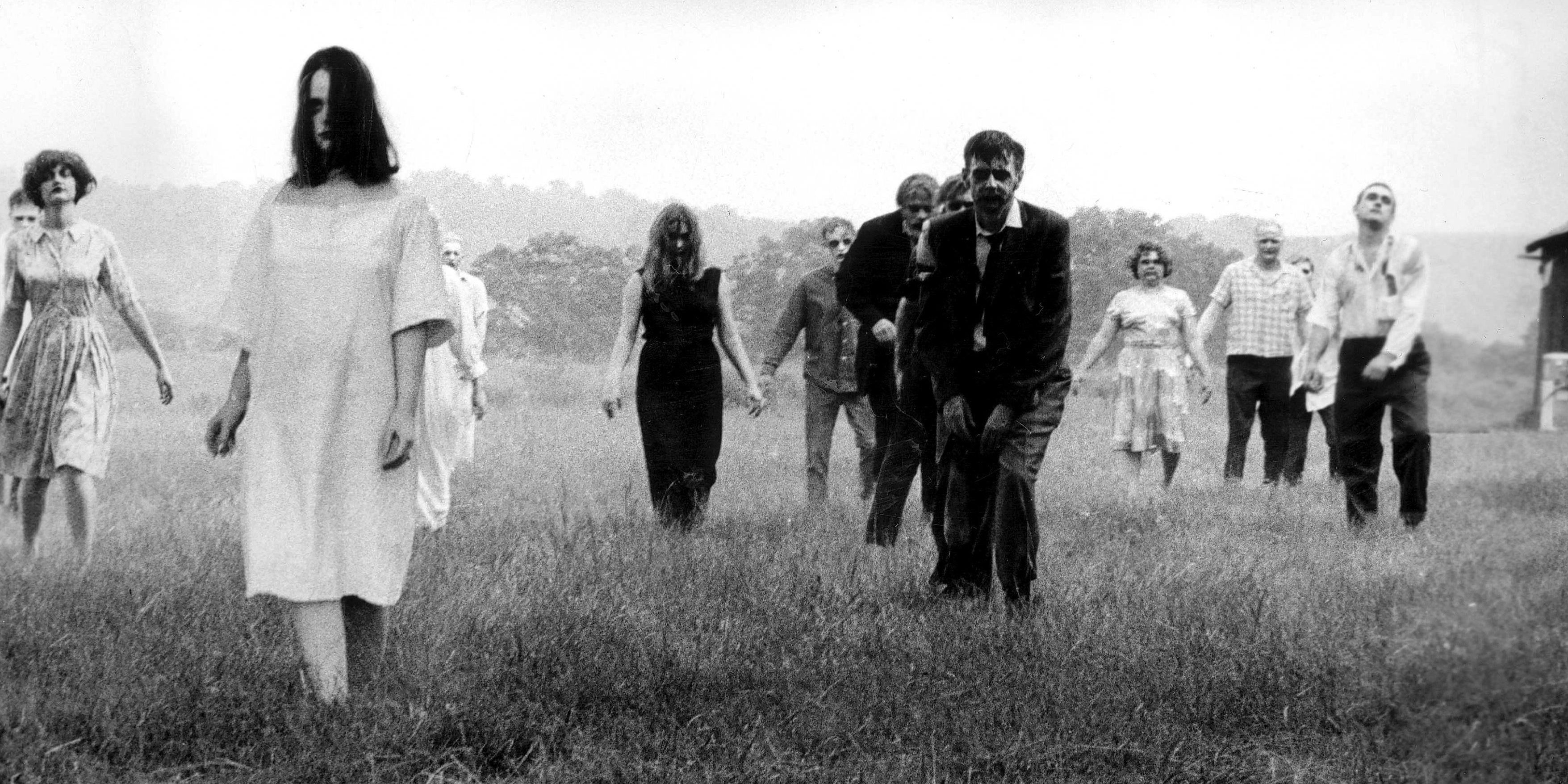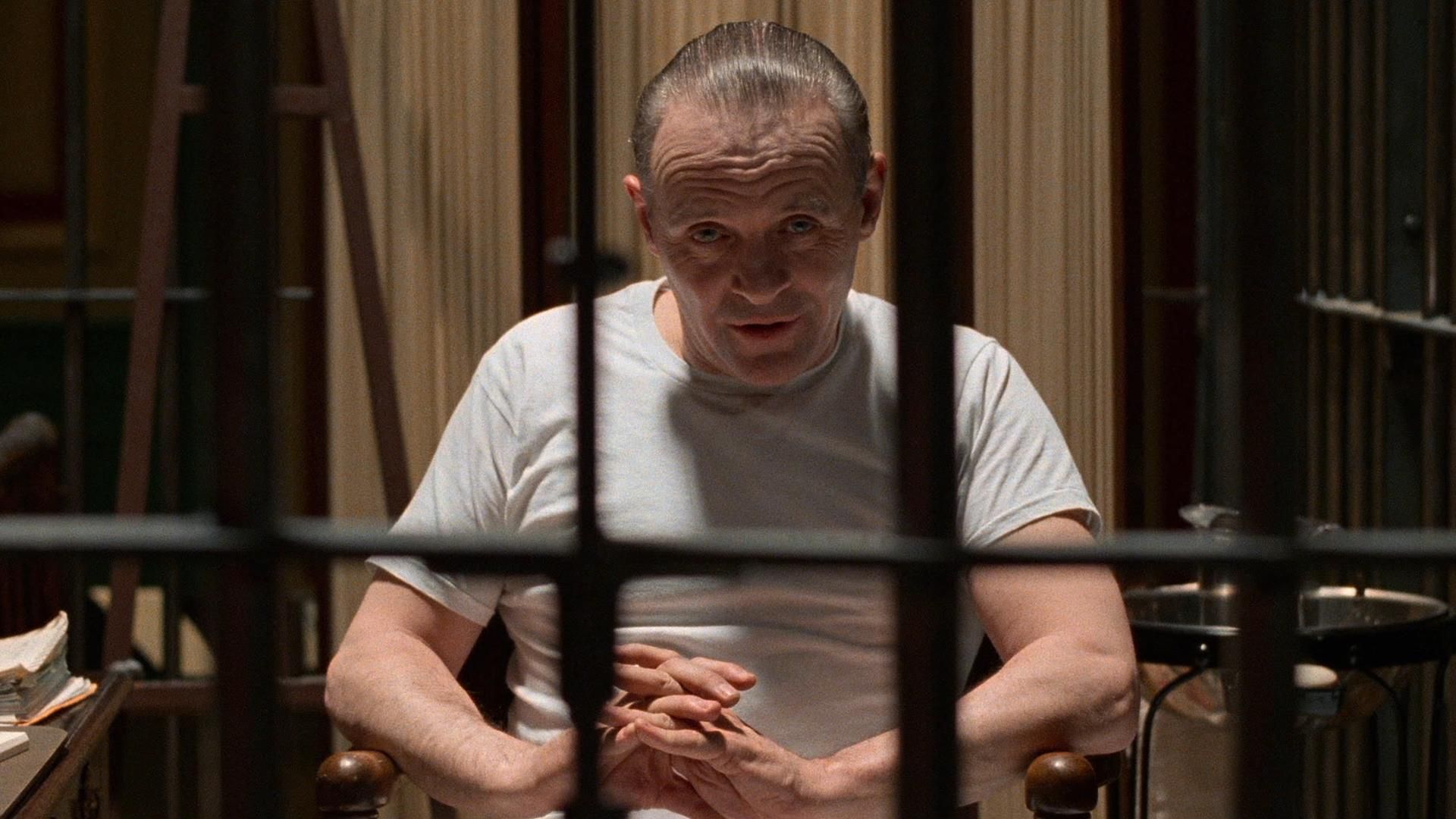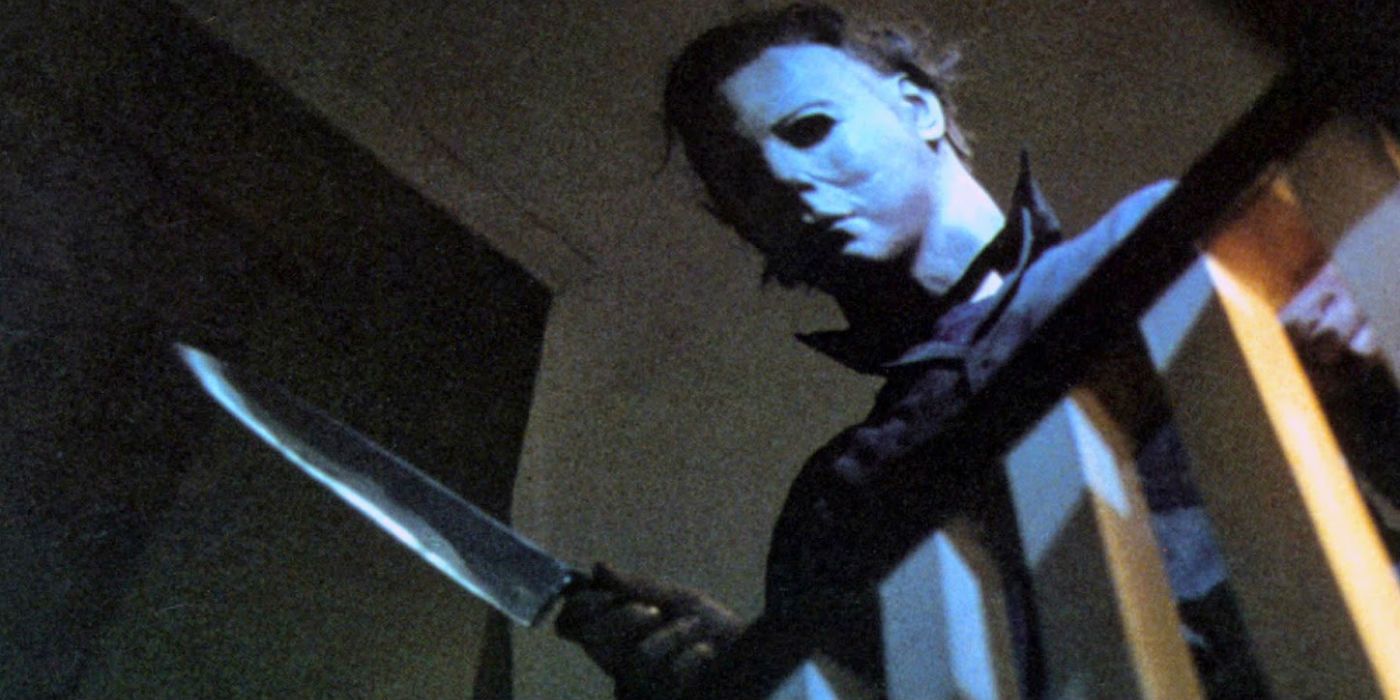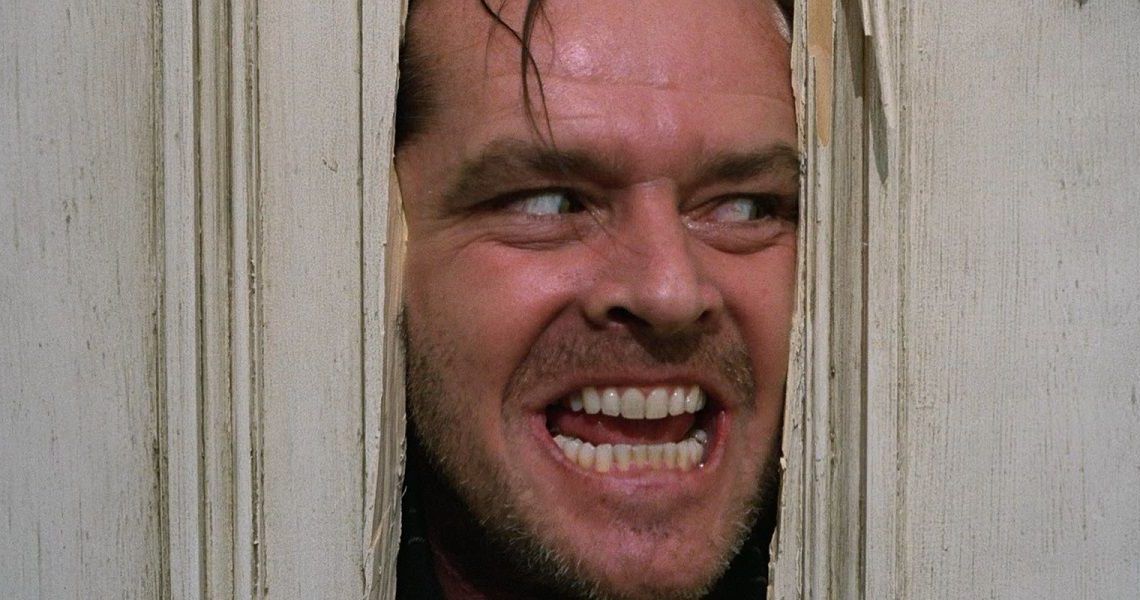The success of Jordan Peele’s Us has proved he isn’t just a one-trick pony – he’s a bona fide genius when it comes to making horror movies. What made Peele’s sketch comedy so great was its clear reference points. For example, if they recreate an ‘80s aerobics video in a believable way, the dark twists will be funnier.
The reference points in Peele’s horror movies are much more subtle, but they are there. He’s been inspired and influenced by some of the greatest works in the history of horror cinema. So, based on movies he’s mentioned in interviews and screen for fans, here are All The Horror Movies That Inspired Jordan Peele, Ranked.
Gremlins
This may seem like an odd inclusion on the list, but since Peele watched it when he was a kid, he says, “It hit, for me, on a horror level and on a fun, entertaining level as well.” He enjoyed the comic bent of it and the fact that it was a comedy, but since he was a young kid, he was also frightened by Chris Walas’ creepy creature designs.
With Get Out, Peele recreated that balance, and it’s a difficult balance to strike – especially when you’re aiming at an adult audience and not an audience of kids – with a movie that is funny in parts, but frightening when it needs to be.
Misery
It’s no wonder Kathy Bates won an Oscar for playing Annie Wilkes in this movie, the obsessive fan who forces a bedridden author to rewrite the last book in her favorite series. It’s a timeless story – the modern-day version of this is a Star Wars fan “hobbling” Rian Johnson and forcing him to rewrite The Last Jedi – and finds the terror in something that’s thought to be harmless: fandom.
Peele noted Misery’s overall impact on his own work by summing up its greatest strength: “Misery is a movie where the unlikely villain turns out to be the scariest.” In Us, the most unlikely villain – and the scariest – is ourselves.
Scream
Peele found the reality in the sly, self-aware edge of Wes Craven’s satirical horror movie Scream. His horror writing has been influenced by the “lighter, ironic, comedic choices in the fabric of the script” in Scream, as well as “[how] it addressed horror movies. It had this postmodern reference, and so, in that way, it’s more realistic than a normal horror movie, where there’s no knowledge of any horror tropes. I took a cue from that with the character Rod, so that we could have a character that expresses what the audience wishes somebody would say. And that wouldn’t be breaking the reality; it would actually be grounding it.”
Lil Rel Howery has said that Rod is “basically everyone in the theater who’s screaming at the screen,” much like Jamie Kennedy’s character in Scream.
Candyman
Jordan Peele loves Candyman so much that he’s working on a remake of it. Much like Peele’s work, the movie does a brilliant job of balancing racial themes with horror imagery, swapping the themes of class in the Liverpool setting of the original Clive Barker story for themes of race in the Chicago setting of the film adaptation.
Peele explained the relationship between horror and race in Candyman: “Candyman himself was the son of a former slave who was murdered for racially charged reasons, and we experience that movie through the eyes of a white woman in the scary projects of Cabrini-Green.”
Rosemary’s Baby
Roman Polanski’s Rosemary’s Baby is often included on lists of the greatest horror films ever made, and there’s a good reason for that. It balances the very real issues of feminism and pregnancy and abortion with the horror tropes of Satanic cults and demons.
Movie horrors are used to bring out real-world horrors, and that’s what Jordan Peele is all about: “One of the things about Rosemary’s Baby that really strikes me...[It’s] about gender in a similar way that Get Out is about race. They both signaled to me that it was possible to make an inclusive story that everybody can enjoy and get freaked out by.”
Jaws
Steven Spielberg may have only not shown the shark in Jaws to save the studio some money, and because the mechanical shark broke during a prank against George Lucas, but the impact it had on cinema was phenomenal. A summer blockbuster could be made using the same techniques Hitchcock had used to develop the art of filmmaking in the first place.
Peele said, “The most beautiful revelation with Jaws was the audience’s imagination is far more powerful than what you show them. It changes the way we think of how to tell the story of a monster.” Get Out also deals with a mostly unseen, yet very real monster: racism.
Night of the Living Dead
Jordan Peele said in an interview with Variety, “Get Out takes on the task of exploring race in America, something that hasn’t really been done within the genre since Night of the Living Dead 47 years ago. It’s long overdue.”
George A. Romero laid out the road map for every zombie story to come for the next half a century and beyond with this simple tale of a group of survivors holed up in a farm that is invaded by the undead. It uses its isolated setting, its themes of life and death, and its eclectic cast of characters that have been thrown together under unexpected circumstances to explore society.
The Silence of the Lambs
The Silence of the Lambs is a masterfully made serial killer thriller, replete with all the gore and frights, but also all the suspense and character development of a horror masterwork.
The tense, confrontational scenes between Clarice Starling and Hannibal Lecter in this Oscar winner had an impact on Get Out: “I wanted Chris and the audience to know that this was a trap, that this was a setup, that there’s no way you can allow yourself to be hypnotized, and no self-respecting black man would in this situation, but even with that, for Missy to be one step ahead of Chris and the audience.”
Halloween
Peele has noted Halloween as a visual reference point in his work, “especially in the opening scene, pulling the horror out from suburbia.” John Carpenter’s seminal low-budget movie set the template for all modern horror films, especially slashers. He had teenage characters, which allowed for no-name actors, and thrust them into situations that combined sex and violence in thrilling ways.
He was bringing classic horror into the modern day by reusing old techniques in new environments. Peele has been doing that with his horror movies, albeit with a more sociopolitical bent than Carpenter’s film, and it has been working wonders.
The Shining
Jordan Peele considers Stanley Kubrick’s controversial and surreal Stephen King adaptation The Shining’s greatest influence on his work to be “the way that they used the location of the Overlook as kind of the monster, sort of idyllic and creepy.”
He says the film’s biggest strength is “subtlety: an attention to almost a subconscious level of perception of something creepy going on.” The Shining is one of the most beautifully crafted and rewatchable horror movies ever made. The lighting, the framing, the editing, the dialogue, the music – it all serves the creepy mood, and the result is a horror masterpiece.

